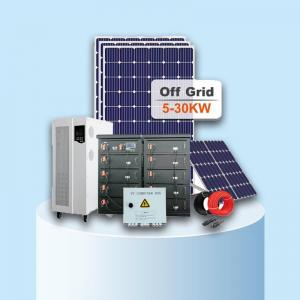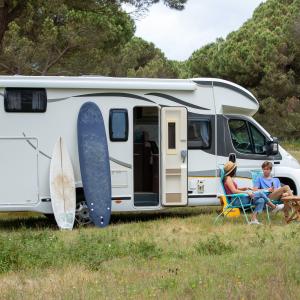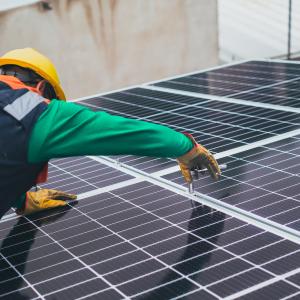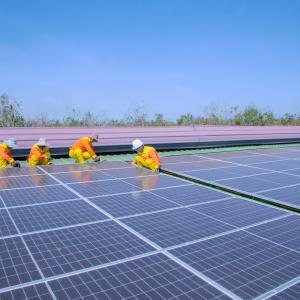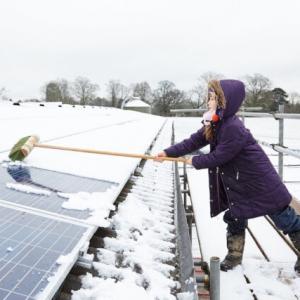How Is Solar Power Stored?
Are you interested in making the switch from traditional electric power to solar power? It can yield great dividends for your wallet, and it is also great for reducing your carbon footprint. Solar power can be stored during times of abundance so that you can continue to power your home even when the sun sinks below the horizon.How Do Solar Panels Store Energy?
There are several different ways that solar panels can store energy for use during the times of day when you need it most. For many homeowners, this occurs in the evenings when they are home from work but the sun is no longer shining. There are three ways that solar power can be stored: battery storage, thermal storage, and mechanical storage.
Let’s take a closer look at how each one works to determine which system would be the right fit for your home.
Battery Storage
Perhaps the most common method of storing energy from solar panels is with the use of lithium-ion batteries. During peak times of the day, energy is stored inside of the battery through the use of a chemical reaction that allows it to store energy for later consumption. This same chemical reaction is then reversed, allowing you to access your stored energy.
The industry is rapidly investing in scientific improvements to the battery systems which will allow more people to store their solar energy efficiently moving forward. Not only is this the most common type of solar energy storage, but it also is one of the most scalable options. Many people are surprised to learn just how much solar energy their batteries can store, preventing them from having to tie into the electrical grid during downtime.
Thermal Storage
While a bit less common, thermal storage is another way that solar energy can be stored. It may take the heat from the sun to warm up water or molten salt inside of an insulated tank. This heat can then be used for energy later in the day when you need it the most.
Mechanical Storage
Mechanical energy is another less common option for storing solar energy. This process works by transforming your excess energy into mechanical power through the use of a flywheel or via compressed air. Later, this mechanical power can be converted back to electrical power. This allows you to access the energy that your system stored during the daytime hours when sunlight was at its peak.
Ready To Install Solar Panels?
When you are ready to install solar panels and reduce your electricity bill, it is important to contact the professionals to help.

